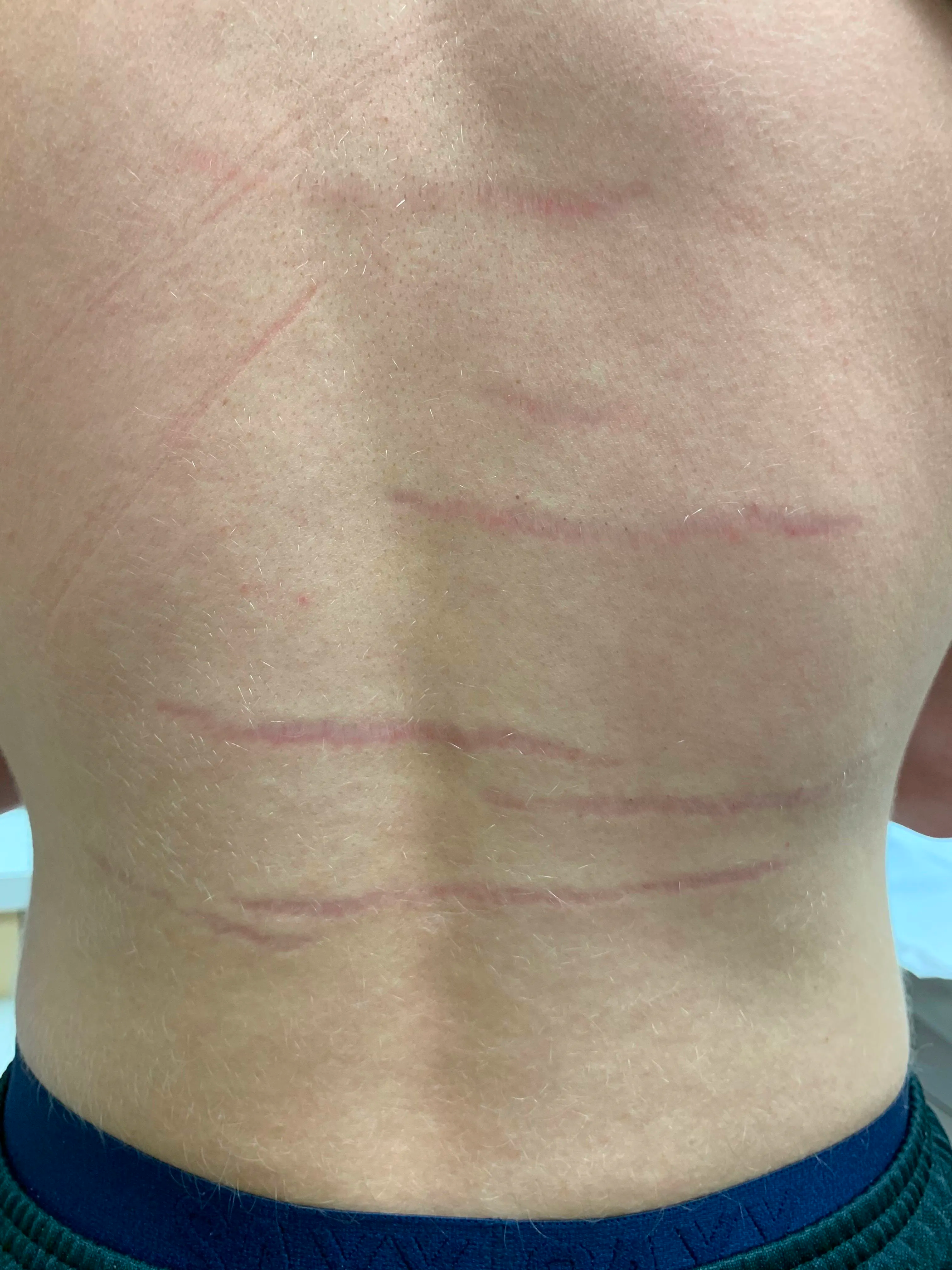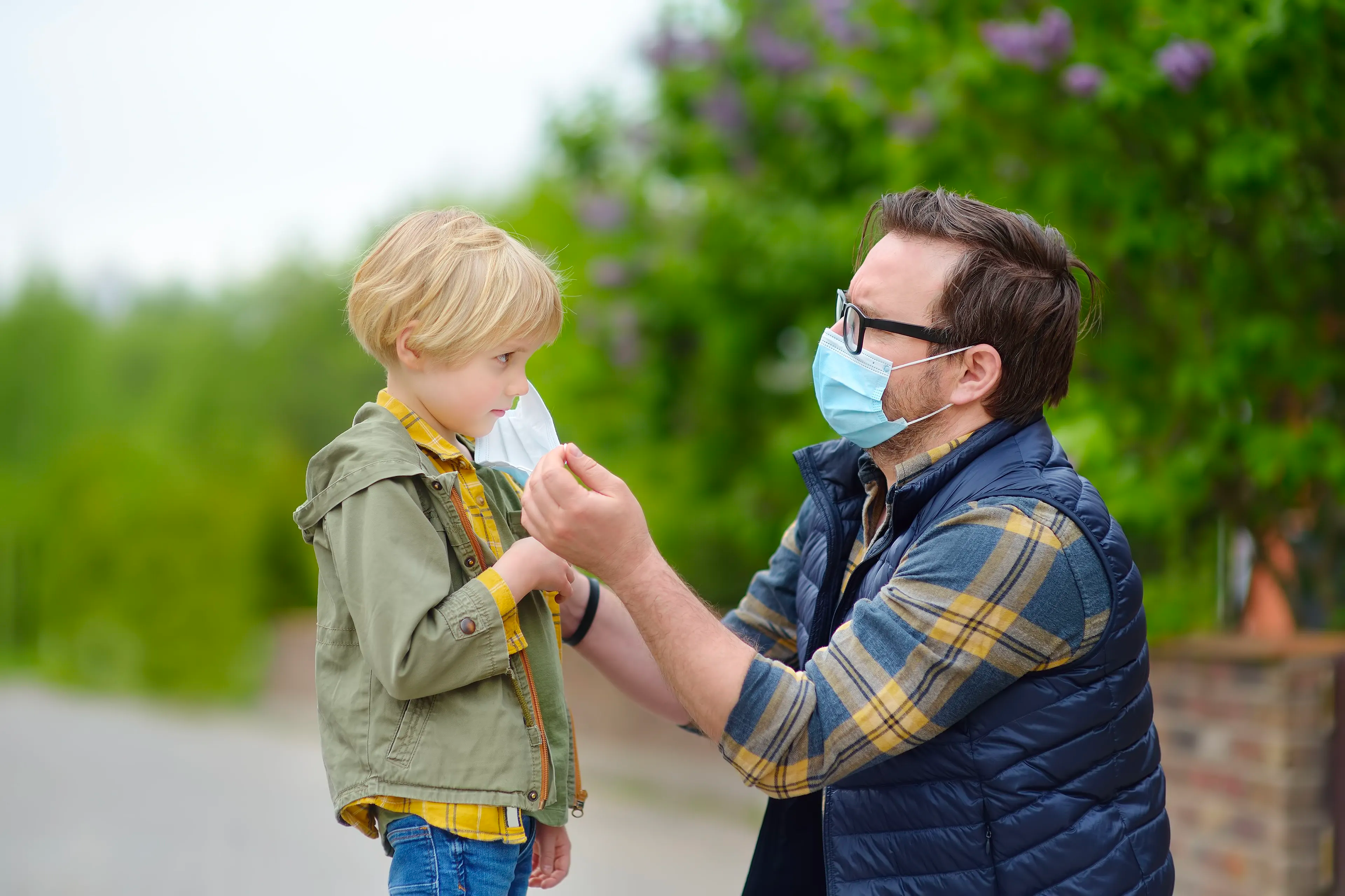Most-viewed articles on Contemporary Pediatrics from August to October, 2023
Take a look back at some of the top-performing stories from Contemporary Pediatrics with this review article. Stories featured in this article are re-capped and directly link to our most-viewed articles from August through October 2023.
1. Bruise-like marks on a healthy teenage male’s back
Case studies continue to peak the interest of our readers, and this case was no exception for the third quarter of 2023. Review the case and image below, and select what you feel is the correct diagnosis. Submit your answer and see if you got it correct.
The correct answer will highlight in green. Be sure to click the link below the quiz for the full case study and additional information.

Quiz: You are asked to evaluate a healthy 15-year-old boy with transverse bruise-like marks on his back.
A 15-year-old male first noticed the marks on his back during a recent vertical growth spurt. On exam, there are multiple horizontal violaceous linear striae on his back. He is otherwise healthy and denies any history of back injury or exposure to topical or systemic steroids.
What is the diagnosis?
Click here for the full case study.
2. Children's COVID-19 symptoms, broken down by variant
Adult putting mask on child outside | Image Credit: © Maria Sbytova - © Maria Sbytova - stock.adobe.com.

Initially published by our sister publication, Contagion Live, this article highlighted a study published in JAMA Network Open, evaluating which COVID-19 variants demonstrated specific symptoms in children.
Primary outcomes were presence and number of COVID-19 symptoms. Findings suggested that the Omicron variant caused more severe symptoms than other variants.


Click here to read the full article.
3. Which formulas are best for infants with cow's milk allergy?
When it comes to cow's milk allergies, breastfeeding can be a challenge. At times, people who breastfeed encounter situations where formula supplementation is required. Infants can be at risk of developing cow's milk allergies.
According to the study, elimination diets are a big part of diagnosing and managing milk allergies in infants.
For those who have true milk allergies or for whom early exposure is not possible, there are solutions noted in the study by co-author of the report Ran Goldman, professor of pediatrics, University of British Columbia, Vancouver. Click through the slideshow below to see these solutions.
Click here to read the full article.
4. Strategies and tips to tackle dry skin in children
In May of 2023, the Society for Pediatric Dermatology (SPD) released several tips to prevent dry skin in children, highlighting day-to-day hygiene routines, laundry procedures, and treatments that can help a child of any age combat dry skin.
Take a look at the following highlights for tips on dry skin, and seek through the slide show below for additional insight from Peter Lio, MD, board member of the National Eczema Association.
- Proper Skin Care:
- SPD emphasizes the need for gentle cleansing and careful moisturizing of the skin.
- Bathing Tips:
- Use lukewarm water for baths; avoid hot or cold water.
- Avoid antibacterial soap; opt for fragrance-free gentle cleansers.
- Avoid bubble baths, as bubbles can remove natural oils from the skin.
- Apply moisturizer within 3 minutes after bathing to retain moisture (known as the "soak and seal" method).
- Clothing Recommendations:
- Wear cotton pajamas or soft clothes to further help retain skin moisture.
- Avoid harsh wool and scratchy fabrics.
- Laundry Care:
- Avoid laundry products with added fragrance or color.
- Use unscented hypo-allergenic laundry products.
- Avoid dryer sheets, even unscented ones, due to potential irritation from softening chemicals.
- Consider double-rinsing clothes to remove residual laundry soap for sensitive skin.
Click here to read the full article.
5. AAP recommends all infants receive nirsevimab to fight RSV
The American Academy of Pediatrics (AAP) has recommended the use of nirsevimab, a preventive antibody recently approved by the FDA, for all infants to protect against respiratory syncytial virus (RSV). The AAP specifically advises its use in high-risk infants. Nirsevimab, administered via injection, strengthens the immune system and provides an additional protective layer against RSV. The AAP emphasizes the urgent need for affordable access to nirsevimab in all communities, acknowledging its potential limited availability initially. For high-risk children during the RSV season, the AAP continues to recommend palivizumab. The Centers for Disease Control and Prevention's (CDC) Advisory Committee on Immunization Practices also unanimously recommended nirsevimab for routine use in newborns and infants during their first RSV season.
In a recent update regarding nirsevimab, the CDC issued a Health Alert Network Health Advisory stating due to "unprecedented demand" for nirsevimab, a limited supply is currently available for the 2023-2024 RSV season.
As a result, the CDC is prioritizing available 100 mg doses of nirsevimab for infants at the highest risk for severe RSV disease.
For more on this update, click here.
Thank you for visiting Contemporary Pediatrics. For more news, click here.
If you are not subscribed to our print publication and want to receive it, click here.
Also, be sure to subscribe to our electronic newsletter for weekly updates from the Contemporary Pediatrics website.